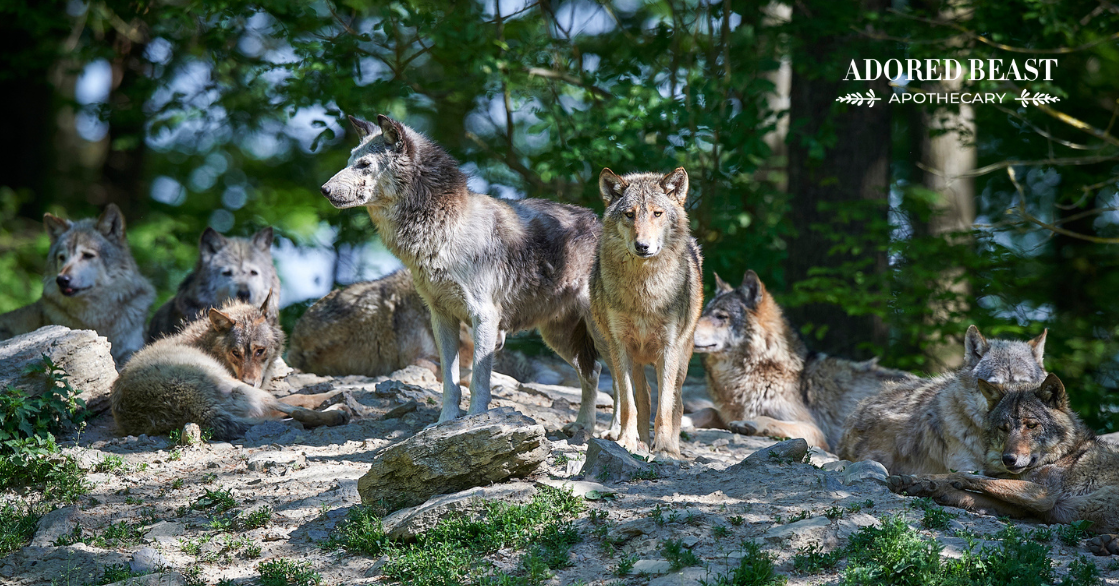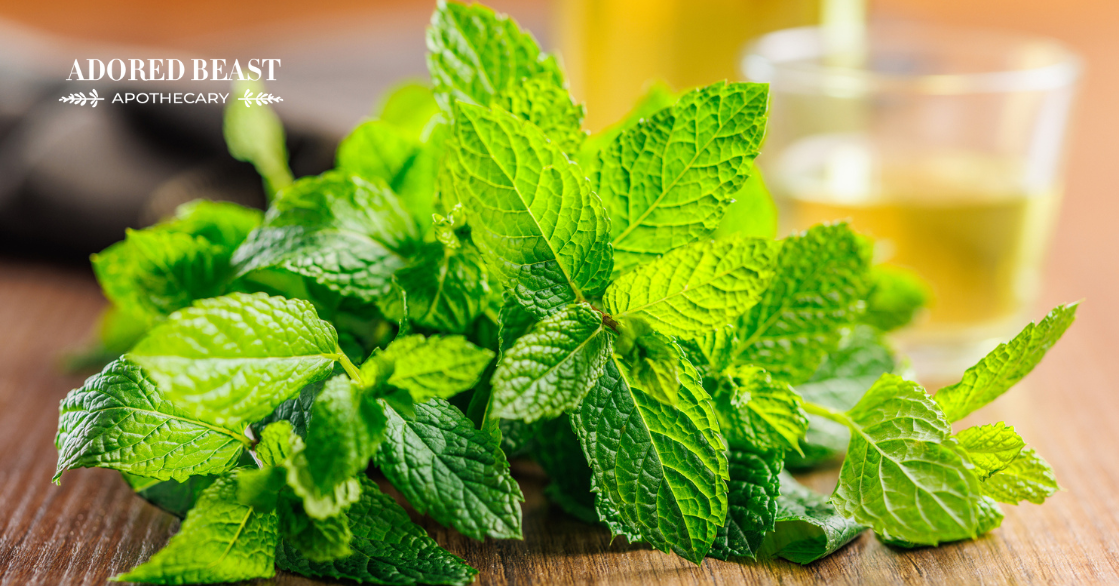If your dog is eating like a champ but losing weight, or you’ve noticed chronic tummy troubles, greasy stools, or a dull coat, there’s a chance their pancreas might be asking for help.
EPI in dogs (Exocrine Pancreatic Insufficiency) is more common than many pet parents realize. Sometimes the signs and symptoms are subtle, so it is often harder (or can take longer) to catch.
The good news? If your dog does have EPI, once you understand what’s happening inside their body, there’s a lot you can do to help them feel better naturally and live a full, happy life.
Let’s dig into what EPI is, what causes it, what to watch for, and how you can support your dog’s digestion from the inside out.
What is EPI in Dogs?
EPI stands for Exocrine Pancreatic Insufficiency, which means the pancreas isn’t producing enough digestive enzymes.
Those enzymes – lipase (for fats), amylase (for carbs), and protease (for proteins) – are essential for breaking food down into nutrients your dog’s body can actually absorb. Without them, the food your dog eats passes through the digestive system largely undigested. So even if your dog eats constantly, they can’t access the vitamins, minerals, and calories their body needs. They’re just not absorbing them.
When enzyme production drops, and food moves through the system undigested, what undigested food can ferment in the intestines, feed bad bacteria, and create inflammation. The gut microbiome, which supports digestion, immunity, and even mental health, starts to lose its balance.
So, EPI isn’t just a “digestive issue.” It’s a whole-body issue that affects nutrient absorption, immune function, and overall vitality.
What Causes EPI?
There are a few root causes, but most cases of EPI are linked to damage or atrophy of the pancreas. (Atrophy is the decrease in size and wasting away of a body part or tissue, resulting in a loss of mass and function.)
Common reasons include:
- Pancreatic acinar atrophy (PAA): An autoimmune condition where the body mistakenly attacks its own pancreatic enzyme-producing cells.
- Chronic pancreatitis: Long-term inflammation can slowly destroy those same cells.
- Genetics: Certain breeds like German Shepherds, Collies, and Cocker Spaniels are more prone to developing EPI.
Regardless of the cause, the result is the same: the pancreas simply can’t produce the enzymes needed for proper digestion.
Symptoms of EPI in Dogs
When the body can’t properly digest food, the signs often show up in the gut (and on the scale). Common symptoms include:
- Chronic diarrhea or loose, greasy stools (often pale and smelly)
- Weight loss despite eating more than usual
- Ravenous appetite
- Flatulence and bloating
- Dull, dry, or thinning coat
- Frequent bowel movements
- Lethargy or weakness from malnutrition
If you notice these symptoms, it’s important to get a TLI (trypsin-like immunoreactivity) test from your vet to confirm EPI.
Natural Ways to Support Dogs with EPI
Conventional (and holistic) treatment usually includes enzyme replacement, and that’s often essential. But alongside that, there are powerful natural tools you can use to help your dog’s body heal, rebalance, and thrive.
1. Pancreatic Enzymes
Supplementing with digestive enzymes is the cornerstone of EPI management.
- Porcine (animal-based) enzymes are most similar to what a dog’s pancreas naturally produces and are often the most effective. That’s why we include it in our Healthy Gut!
- Plant-based enzymes can also help support overall digestion and are gentler on sensitive tummies.
Every dog’s needs are different. The goal is to find the right balance and dosage for their system.
2. Probiotics for Gut Balance
When food isn’t digested properly, it can throw the gut microbiome into chaos. Adding species-appropriate probiotics like our Fido’s Flora can help restore harmony, reduce inflammation, and support better nutrient absorption.
Look for formulas that also include prebiotics – the food that feeds good bacteria – to rebuild and maintain a strong gut ecosystem.
3. B12 (Cobalamin) Support
Dogs with EPI almost always develop vitamin B12 deficiencies, which can lead to fatigue, poor appetite, and neurological issues.
Supplementing with methylcobalamin (a natural, bioavailable form of B12) can make a big difference in energy and overall health.
4. Diet & Nutrition
Food plays a huge role in managing EPI. Because the pancreas struggles to break down food, what you feed (and how you feed it) matters.
- Choose a highly digestible, fresh, whole-food diet without fillers or artificial additives.
- Offer smaller, more frequent meals to ease the digestive load.
- Many dogs thrive on raw or gently cooked diets, as they contain natural enzymes and are easier to break down.
- Include healthy fats like omega-3s from sardines or algae oil for anti-inflammatory support.
- Avoid processed kibble, heavy starches, and synthetic additives that can strain the digestive system.
5. Herbal & Holistic Support
Once the pancreas is under strain, other organs – especially the liver – often step up to help. Supporting the whole system is key.
- Milk thistle helps detoxify and protect the liver.
- Slippery elm and marshmallow root soothe and protect the gut lining.
- Digestive bitters (in gentle, pet-safe amounts) can help stimulate the body’s own digestive secretions.
Our Liver Tonic helps support these organs, clearing out toxins and replenishing cells to help improve function.
Living (and Thriving) with EPI
EPI in dogs can sound daunting and scary, but with the right natural support, most dogs go on to live long, happy, healthy lives.
The secret is consistency: supporting their digestion at every meal, nurturing the gut, and feeding the body the real, whole foods it understands.
Remember, EPI isn’t the end of your dog’s story. With patience, knowledge, and natural support, it can be the beginning of a new chapter in health and vitality.












